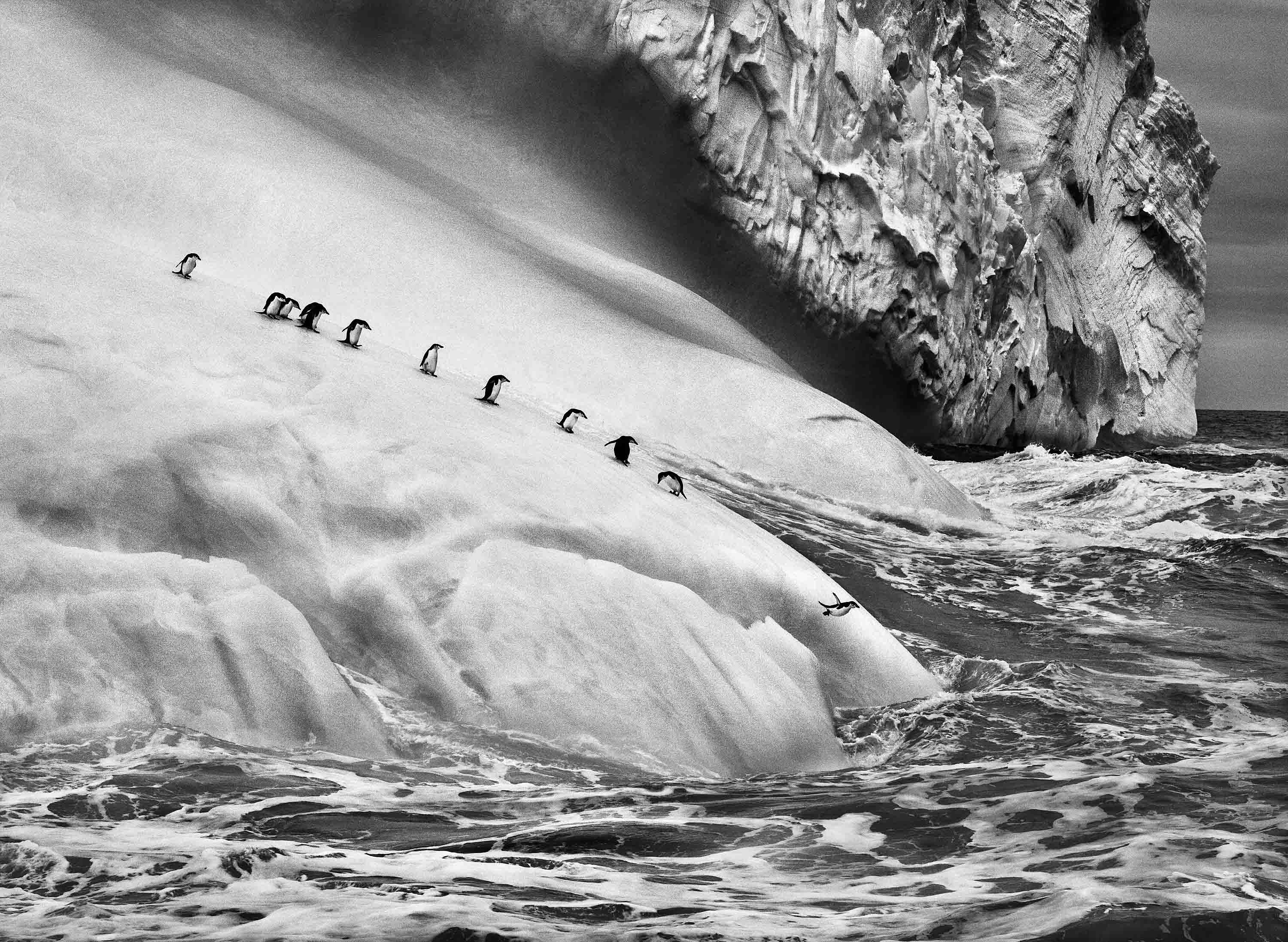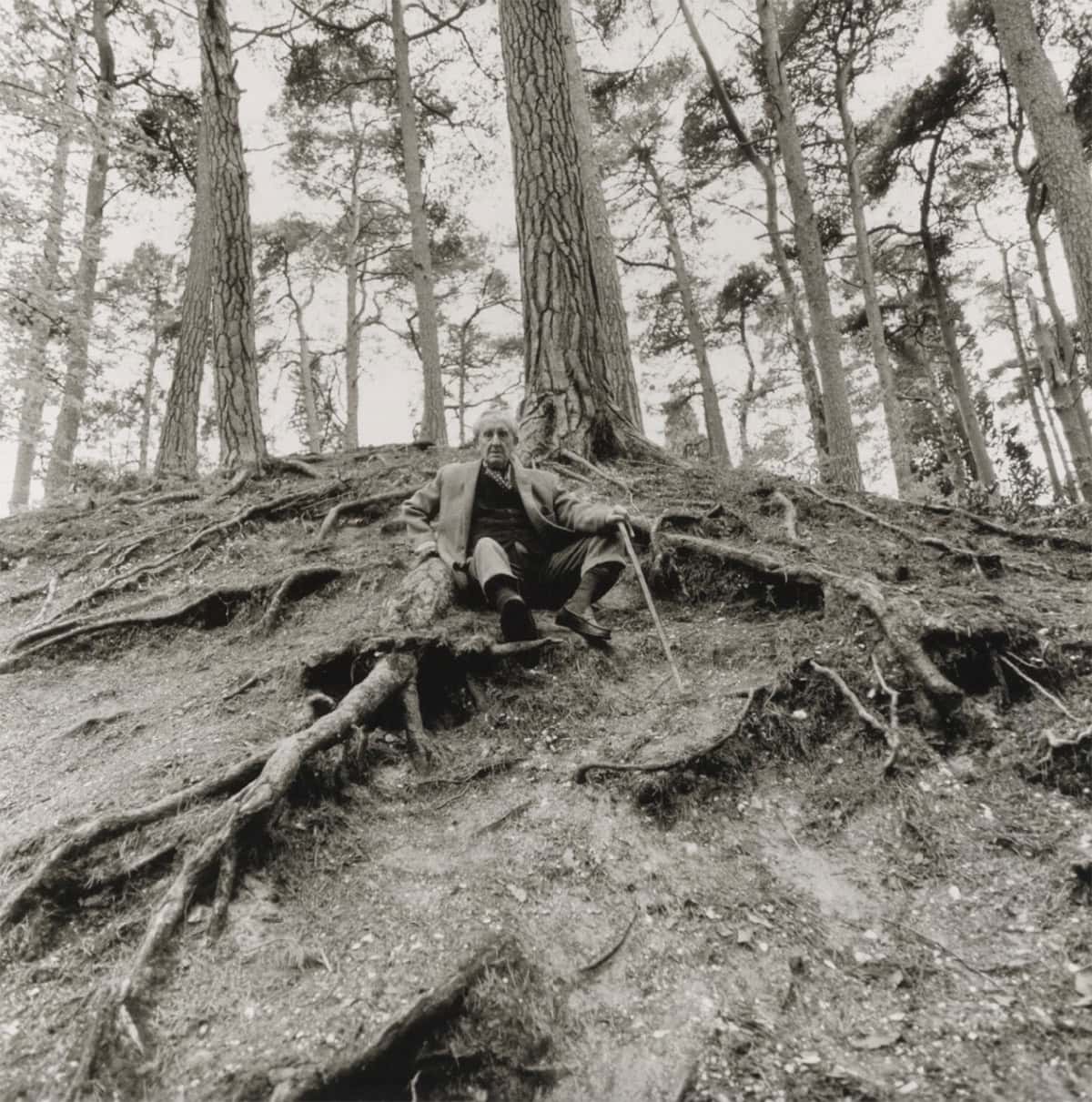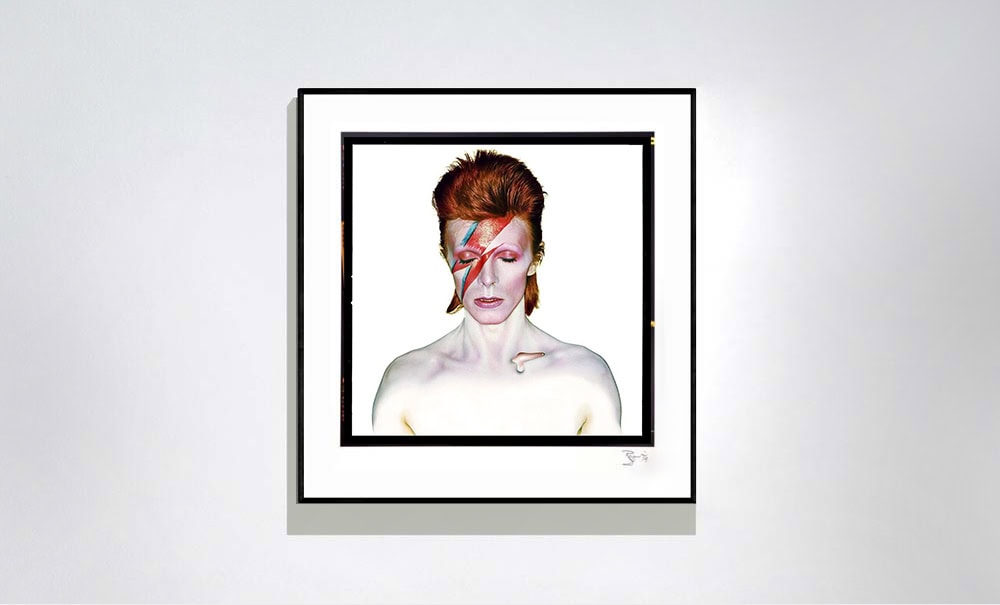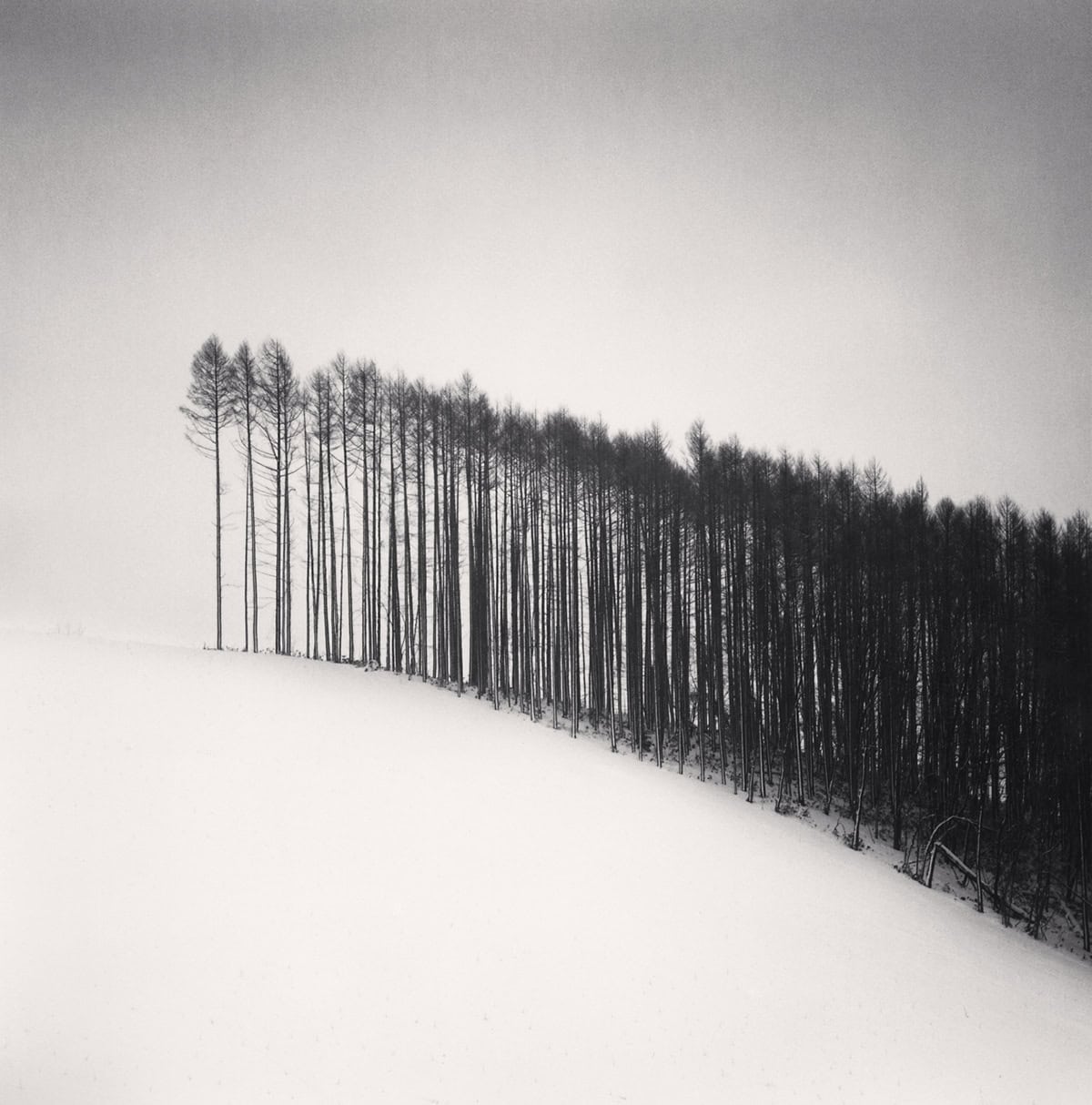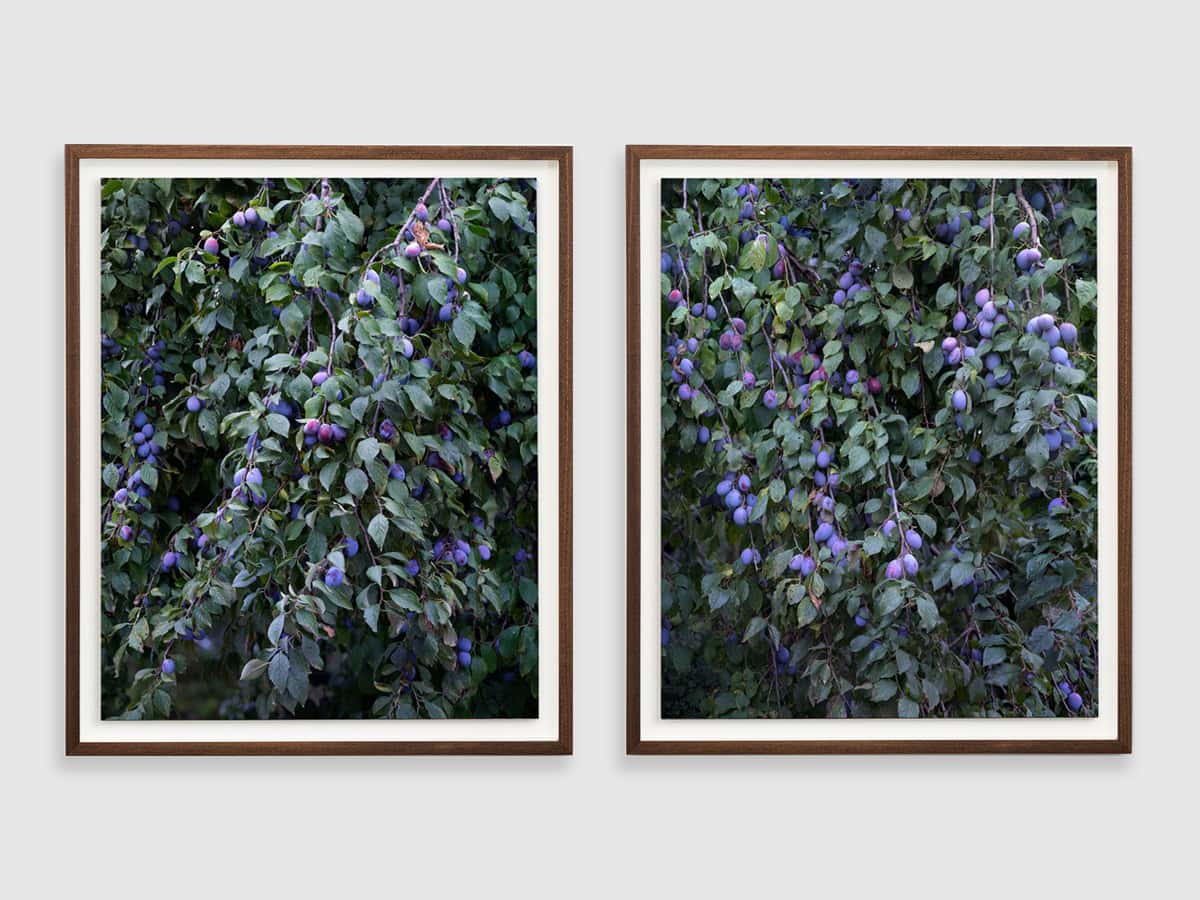Framing Fine Art Photography

22nd December 2023
Framing fine art photography is an art in itself, as it complements and enhances the visual impact of the artwork. The right frame can elevate a photograph, drawing attention to its intricate details and unique composition. It is a creative process that involves balancing artistic vision with practical considerations. Here are some of the best ways to frame fine art photography:
Consider the style:
For contemporary and minimalist photographs, a simple and sleek frame often works best. A clean, narrow frame or a frameless “floating” presentation can accentuate the image without distraction.
For classic black-and-white photography or rare, vintage prints, either a simple black box or an ornate frame with intricate details might complement the aesthetic best. This framing style can add a touch of elegance and sophistication.
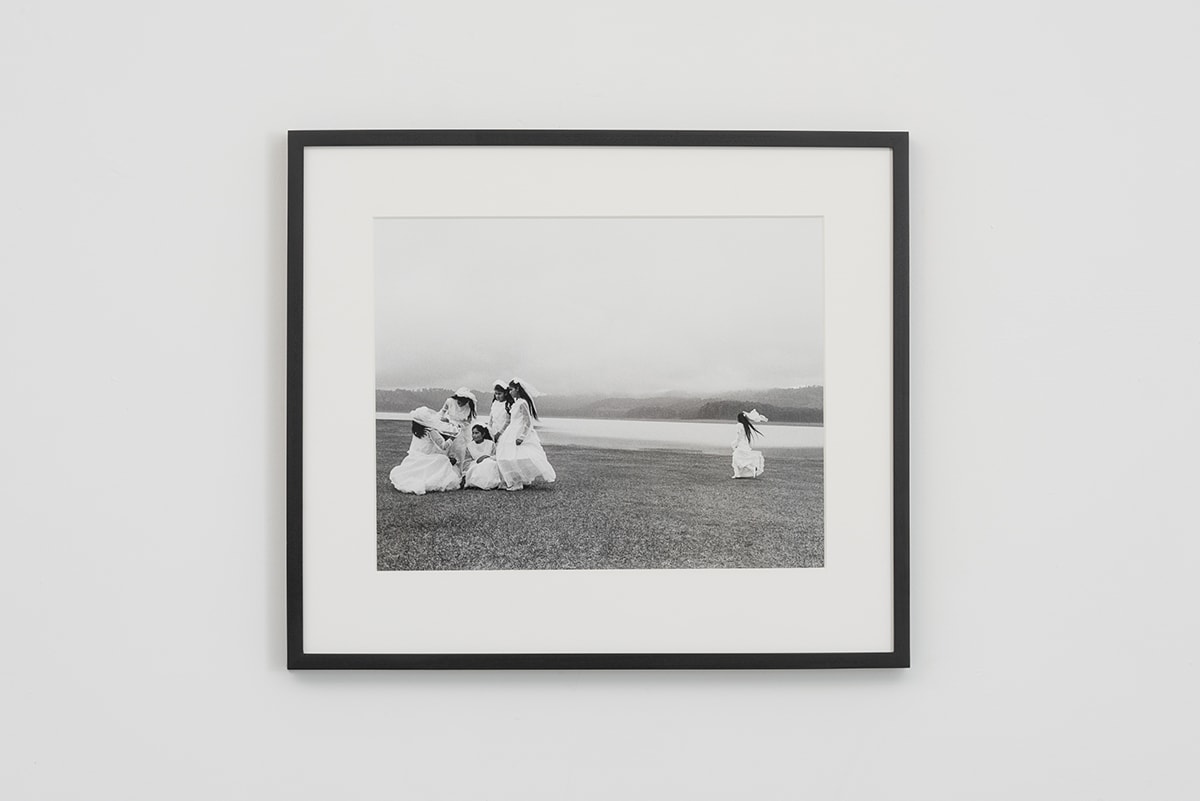
Book-mounting & dry mounting:
Ensure the mounting technique preserves the integrity of the photograph. Options like hinging or archival mounting prevent damage, while displaying the photo professionally.
For book-mounting, choosing the right mount colour and size is crucial. It should complement the colours in the photograph without overpowering it. Typically, neutral-coloured mounts work best, highlighting the image. For larger prints, dry mounting to a sturdy backing surface (like dibond or aluminium) also helps with longevity and prevents the print from waving.
Conservation & protection:
Opt for UV-protective glass or acrylic. Shielding the artwork from harmful UV rays helps maintain its quality and colours over time. Archival materials such as acid-free book-mounts and backing boards are also crucial, as they prevent yellowing or deterioration of the artwork.
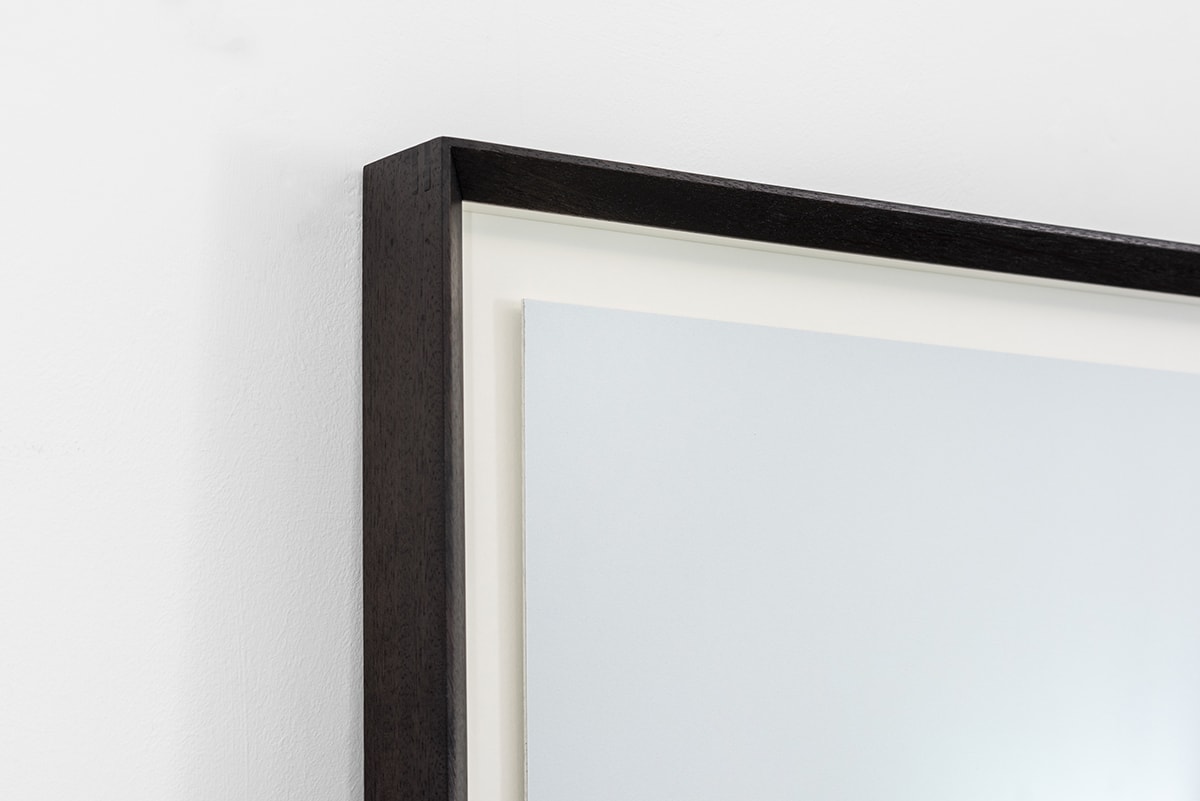
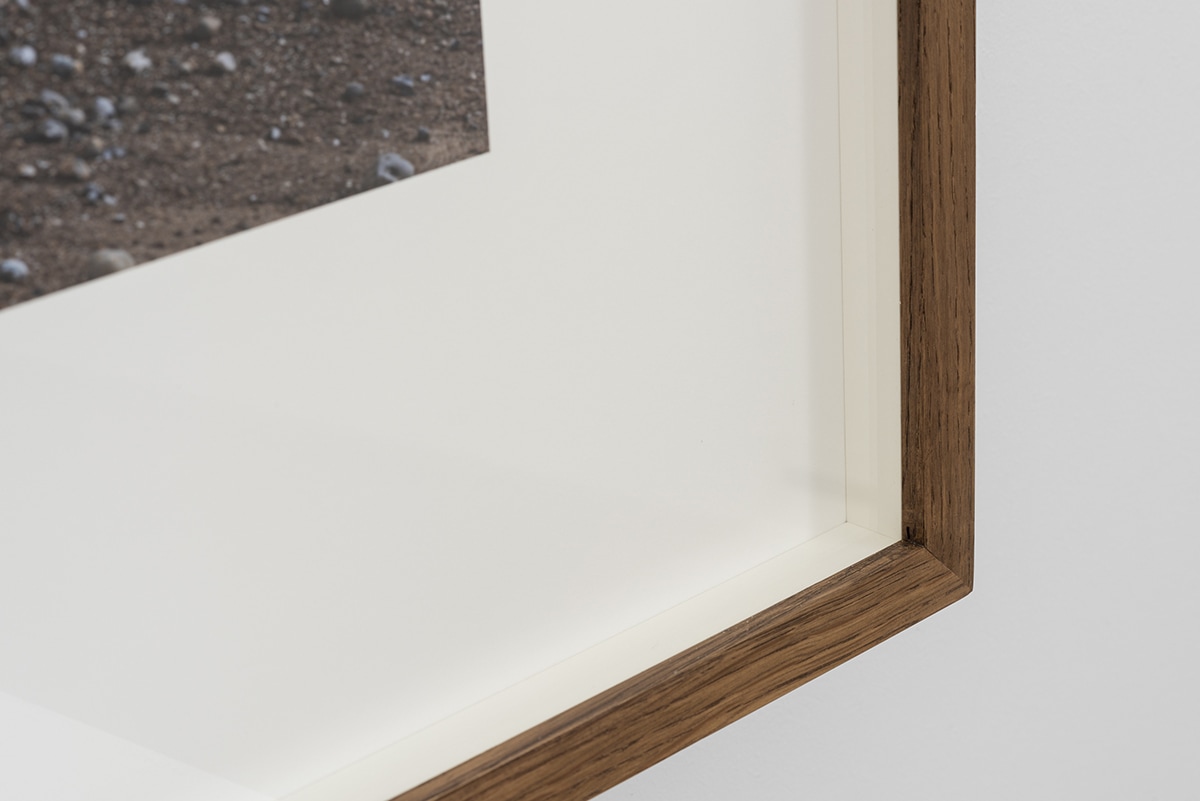
Size & proportion:
The frame should complement the size and proportions of the artwork. It shouldn’t overwhelm or understate the impact of the photograph. However, for particularly rare or valuable prints, a larger frame and book-mount gives the photograph room to breathe, placing importance on the work.
It is also worth considering the location where the artwork will be displayed. Larger spaces might accommodate larger frames, while smaller spaces may benefit from more compact framing.
Consistency in presentation:
If showcasing a series of photographs, maintaining consistency in framing style and size creates a cohesive display. As you build your photography collection, developing a signature framing style can tie together your body of work, enhancing recognition and cohesion.

Professional input:
Seeking advice from professional framers or artists can provide valuable insights and options, helping you make informed decisions.
Adapt to the artwork:
Sometimes, unconventional framing choices can beautifully complement unique or experimental photography. Don’t shy away from exploring different framing options that might suit the artwork’s essence.
Budget:
Balancing the quality of materials with your budget is crucial. Invest in archival materials and protective elements, but explore cost-effective options that align with your needs.
